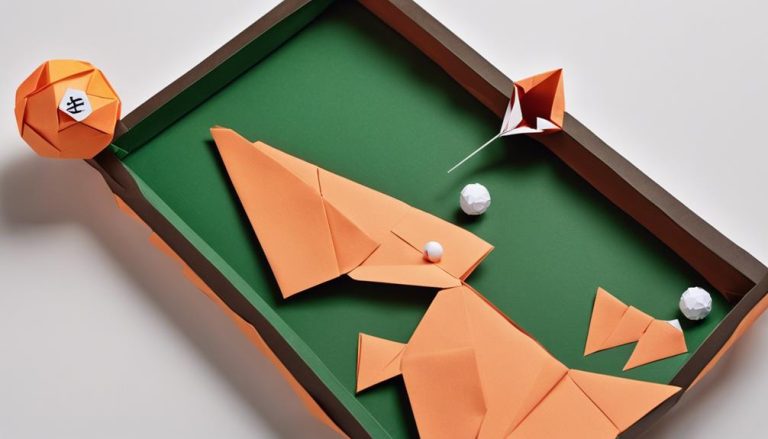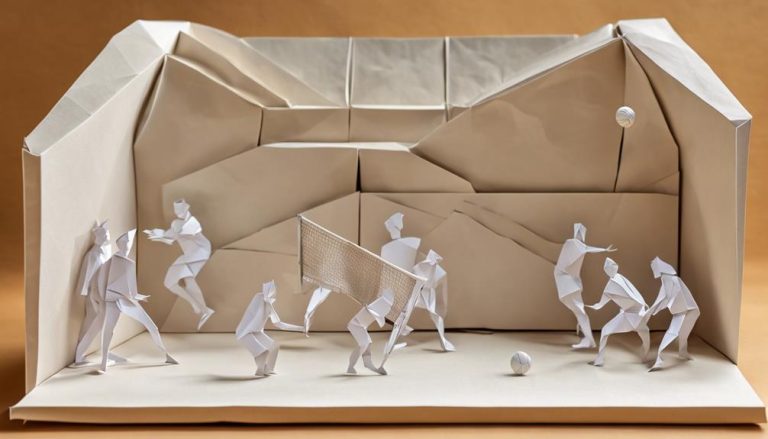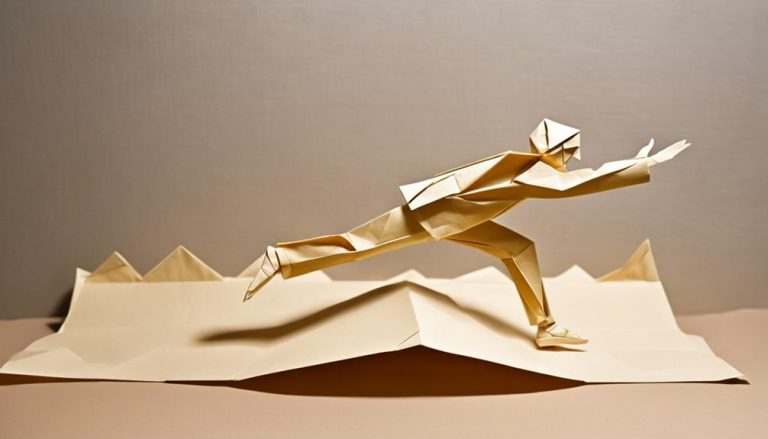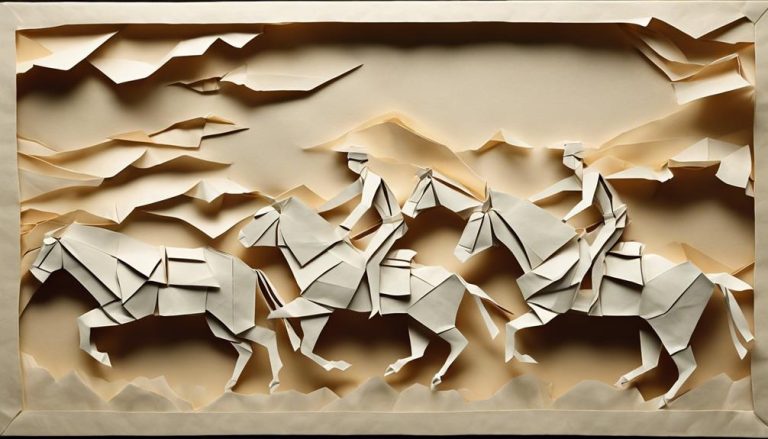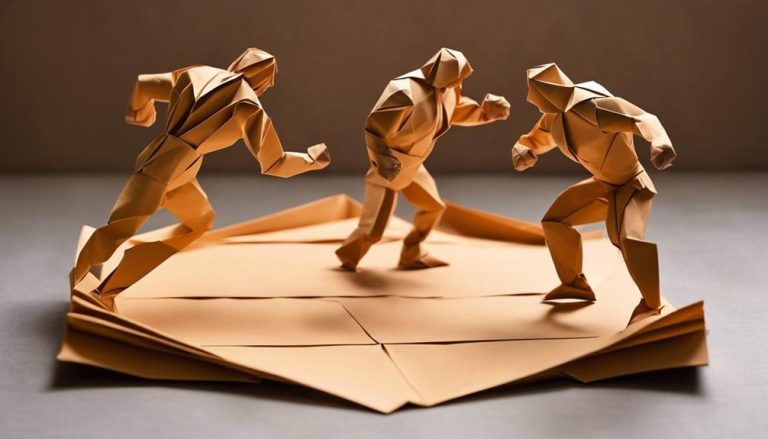General Rules of Mongolian Wrestling
Did you know that Mongolian wrestling, known as "Bökh," has been practiced for over a millennium and holds a significant place in Mongolian culture? As you explore the general rules of this ancient sport, you will discover the intricate customs and unique regulations that define this traditional form of wrestling. From the attire worn by competitors to the scoring system used to determine winners, each aspect of Mongolian wrestling contributes to the rich tapestry of this time-honored tradition.
Origins and History
Mongolian Wrestling, also known as Bökh, has a rich history dating back centuries. Its origins can be traced to the Mongol Empire of Genghis Khan, where wrestling was not just a sport but a way to train soldiers for combat. Influences from Chinese, Tibetan, and Turkish wrestling styles have contributed to the development of Bökh, shaping its unique techniques and rules over time.
Traditions play a pivotal role in Mongolian Wrestling, with rituals such as the eagle dance performed before matches to honor the spirit of the sport. These traditions are deeply rooted in the cultural significance of Bökh, symbolizing strength, honor, and the warrior spirit of the Mongolian people.
Despite its ancient roots, Mongolian Wrestling has adapted to modern times with televised competitions, international tournaments, and a growing global interest in the sport. This evolution has brought both challenges and opportunities for athletes, who must balance tradition with the demands of contemporary competition.
Athletic challenges abound in Mongolian Wrestling, where strength, agility, and technique are essential for success in the ring. Competitors face off in fierce battles, aiming to throw their opponents to the ground and demonstrate their mastery of this ancient art form. Whether you're a seasoned wrestler or a newcomer to the sport, the athletic challenges of Bökh are sure to test your skills and push you to new heights.
Rules of the Ring
As you step into the ring for a Bökh match, understanding the rules governing the competition is pivotal to your success. Ring etiquette is highly valued in Mongolian Wrestling. Before entering the ring, it is customary to perform the eagle dance, showing respect for the sport and your opponent. Once inside, maintaining a dignified demeanor and showing sportsmanship are essential components of ring etiquette.
When it comes to ring strategy, staying focused and agile is key. Ring tactics involve a combination of strength, speed, and technique. Maneuvering your opponent strategically and using their momentum to your advantage can be a game-changer in the ring. Utilizing various grips and leverage techniques can help you gain the upper hand during a match.
Ring techniques play a significant role in Mongolian Wrestling. Understanding how to execute throws, trips, and holds effectively can give you a competitive edge. Mastering the art of off-balancing your opponent and anticipating their moves are skills that can set you apart in the ring. By honing your ring techniques and incorporating them into your overall strategy, you can increase your chances of success in a Bökh match.
Attire and Equipment
When competing in Mongolian wrestling, it's important to adhere to specific attire and equipment guidelines. Traditional wrestling garments play a vital role in preserving the cultural heritage of the sport. Additionally, protective gear requirements guarantee the safety of all participants during matches.
Traditional Wrestling Garments
Traditional Mongolian wrestling garments consist of specific attire and equipment designed to provide both functionality and cultural significance during matches. When it comes to traditional wrestling garments, you will find a blend of history and practicality. Here are some key elements:
- Del: A tight-fitting jacket made from silk or satin, often in bright colors.
- Shuudag: Shorts worn underneath the del, usually made from cotton or silk.
- Gutal: Leather boots with upturned toes for stability and grip.
- Zodog: A belt worn around the waist to symbolize strength and to provide support during the match.
These garments not only reflect the cultural heritage of Mongolia but also offer comfort and flexibility for the wrestlers.
Protective Gear Requirements
Moving from the discussion on traditional Mongolian wrestling garments, the protective gear requirements in Mongolian wrestling encompass specific attire and equipment designed to guarantee the safety and integrity of the competitors during matches. One key aspect of protective gear in Mongolian wrestling is the helmet requirement. Helmets are mandatory during matches to address safety concerns and minimize the risk of head injuries. These helmets not only serve a functional purpose but also carry cultural significance and traditional symbolism, reflecting the deep-rooted heritage of Mongolian wrestling. By incorporating these protective measures, organizers make sure that the wrestlers can compete with reduced risks of injuries, allowing them to focus on showcasing their skills and strength in the ancient sport of Mongolian wrestling.
Match Format and Duration
In Mongolian wrestling, matches typically follow a structured format and have a set duration to determine the winner. Wrestlers must employ strategy tactics and maintain peak physical conditioning to succeed in this ancient sport. Understanding the match format and duration is important for anyone looking to compete or simply appreciate the art of Mongolian wrestling.
- Match Format:
- Matches consist of three rounds.
- Each round starts with the wrestlers placing their hands on each other's shoulders.
- The goal is to make your opponent touch the ground with any part of their body above the knee.
- The wrestler who accomplishes this first wins the round.
The duration of a match is equally important and adds an element of excitement to the competition:
- Match Duration:
- Each round has no time limit.
- Wrestlers must maintain focus and endurance throughout.
- Traditional matches can last for a few minutes or even hours.
- The wrestler who wins two out of three rounds is declared the overall winner.
Scoring System
When it comes to Mongolian wrestling, understanding the points system is essential. Points are awarded based on specific moves and techniques used during the match. Winning by throwing your opponent to the ground with control and force earns you the highest number of points.
Point System Explanation
Understanding the point system in Mongolian Wrestling is essential for grasping the sport's scoring process. In this traditional form of wrestling, points are awarded based on specific criteria that emphasize technique and skill. Here are some key aspects to take into account when it comes to the point system:
- Scoring Criteria: Points are given for executing successful takedowns, controlling your opponent, and demonstrating superior techniques.
- Technique Analysis: Judges assess the quality and effectiveness of the moves performed by the wrestlers to determine point allocation.
- Point Deductions: Penalties can result in point deductions, so maintaining fair play is crucial during matches.
- Strategic Maneuvers: Wrestlers often employ strategic moves to outmaneuver their opponents and score points advantageously.
Winning by Throwing
To achieve victory in Mongolian Wrestling through throwing, wrestlers must master the art of executing precise and skillful throws. Winning by throwing involves using a combination of technique variations and strategic tactics to outmaneuver your opponent. Wrestlers must focus on perfecting their form, understanding the momentum needed for effective throws, and anticipating their opponent's movements. Technique variations such as hip throws, inner thigh reaps, and shoulder throws can be utilized based on the wrestler's style and strengths. Strategic tactics involve setting up throws by creating openings, destabilizing the opponent's balance, and capitalizing on their reactions. By mastering these aspects of throwing, wrestlers can increase their chances of achieving victory in Mongolian Wrestling competitions.
Traditional Customs and Etiquette
In Mongolian wrestling, participants demonstrate respect for their opponents through traditional gestures and rituals before engaging in competition. This ancient sport is not just about physical prowess but also about honoring cultural traditions and maintaining respectful interactions. Here are some traditional customs and etiquette followed in Mongolian wrestling:
- Respectful Greetings: Wrestlers begin each match with a respectful greeting to their opponent, usually by placing their hands on their knees and bowing slightly. This gesture signifies mutual respect and sportsmanship.
- Ritualistic Gestures: Before entering the wrestling arena, competitors perform various ritualistic gestures that hold symbolic meanings. These gestures can vary from touching the ground to show humility to making specific hand movements to ward off evil spirits.
- Ceremonial Rituals: Mongolian wrestling matches are often accompanied by ceremonial rituals, such as the introduction of the wrestlers to the audience and the performance of traditional music. These rituals enhance the overall experience and add to the cultural significance of the event.
- Cultural Traditions: The attire worn by wrestlers, including the colorful boots and tight-fitting briefs, holds cultural significance and reflects the rich history of Mongolian wrestling. These traditional costumes are not just for show but are deeply rooted in the heritage of the sport.
Training and Preparation
As you progress into the domain of Training and Preparation in Mongolian wrestling, honing your skills and physical conditioning becomes paramount to excel in this ancient sport. Strength training is a fundamental aspect of preparing for Mongolian wrestling. Traditional exercises like lifting heavy stones, performing bodyweight movements, and practicing wrestling techniques are critical to build the strength needed to overpower opponents in the ring. Focus on compound movements that target multiple muscle groups simultaneously to enhance your overall power and agility.
In addition to physical training, mental preparation plays a significant role in achieving success in Mongolian wrestling. Developing a strong mindset is essential to remain focused, resilient, and strategic during matches. Visualization techniques, meditation, and mental exercises can help you stay calm under pressure and make quick decisions in the heat of competition. Embrace the mental challenges that come with the sport, and use them as opportunities to grow and improve your performance.
Remember that consistency is key when it comes to training and preparation for Mongolian wrestling. Establish a regular training routine that includes both physical and mental exercises to make that you are fully prepared for the demands of the sport. By dedicating yourself to strengthening your body and mind, you will be better equipped to face any opponent that stands in your way on the wrestling mat.
Frequently Asked Questions
Are There Any Specific Rituals or Ceremonies Performed Before or After a Mongolian Wrestling Match?
Before a Mongolian wrestling match, traditional pre-match rituals like the Eagle Dance showcase respect and honor. After the bout, post-match ceremonies involve wrestlers circling the arena to pay homage to the judges and audience.
How Do Wrestlers Typically Prepare for a Match Mentally and Physically?
Want to excel mentally and physically in Mongolian wrestling? Wrestlers typically cultivate mental focus through meditation and visualization. Physical conditioning involves rigorous training, emphasizing strength, agility, and endurance. Are you ready for the challenge?
Are There Any Superstitions or Taboos Associated With Mongolian Wrestling That Participants Must Adhere To?
In Mongolian wrestling, cultural beliefs influence participants. Superstitions and traditional customs play a significant role. Wrestlers adhere to taboos such as avoiding certain foods before matches and following specific rituals for luck and success.
Are There Any Specific Dietary Requirements or Restrictions for Mongolian Wrestlers?
To excel in Mongolian wrestling, you must prioritize specific dietary needs. Nutritional requirements play a vital role in meeting the demands of your training regimen. Cultural influences inform weight management strategies, ensuring peak performance.
How Do Wrestlers Typically Recover and Take Care of Their Bodies After a Match or Tournament?
After wrestling matches or tournaments, you should prioritize post-match recovery. Focus on rest, hydration, and nutrition. Incorporate training techniques like stretching, foam rolling, and massage to help your body recover and stay in top shape.

